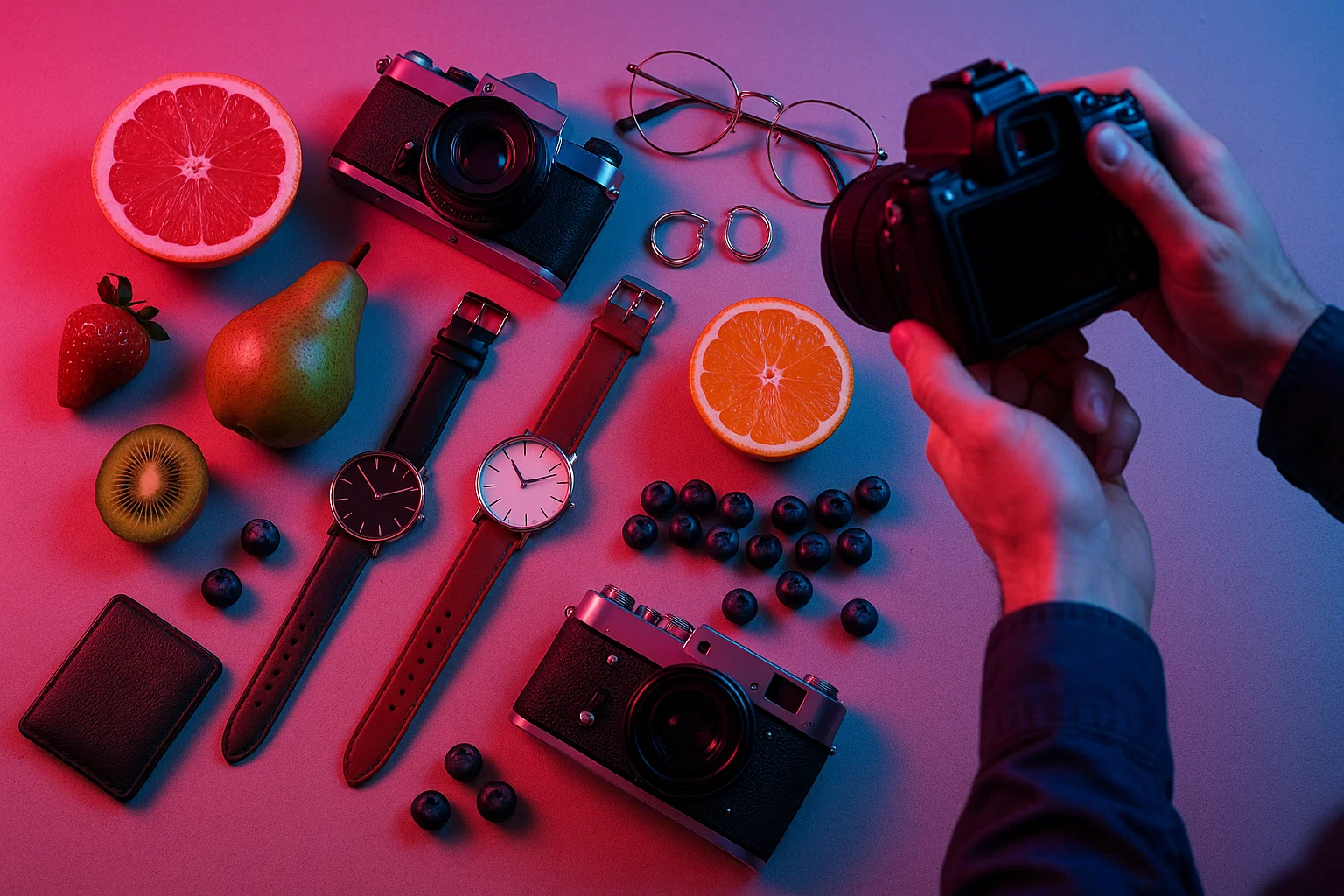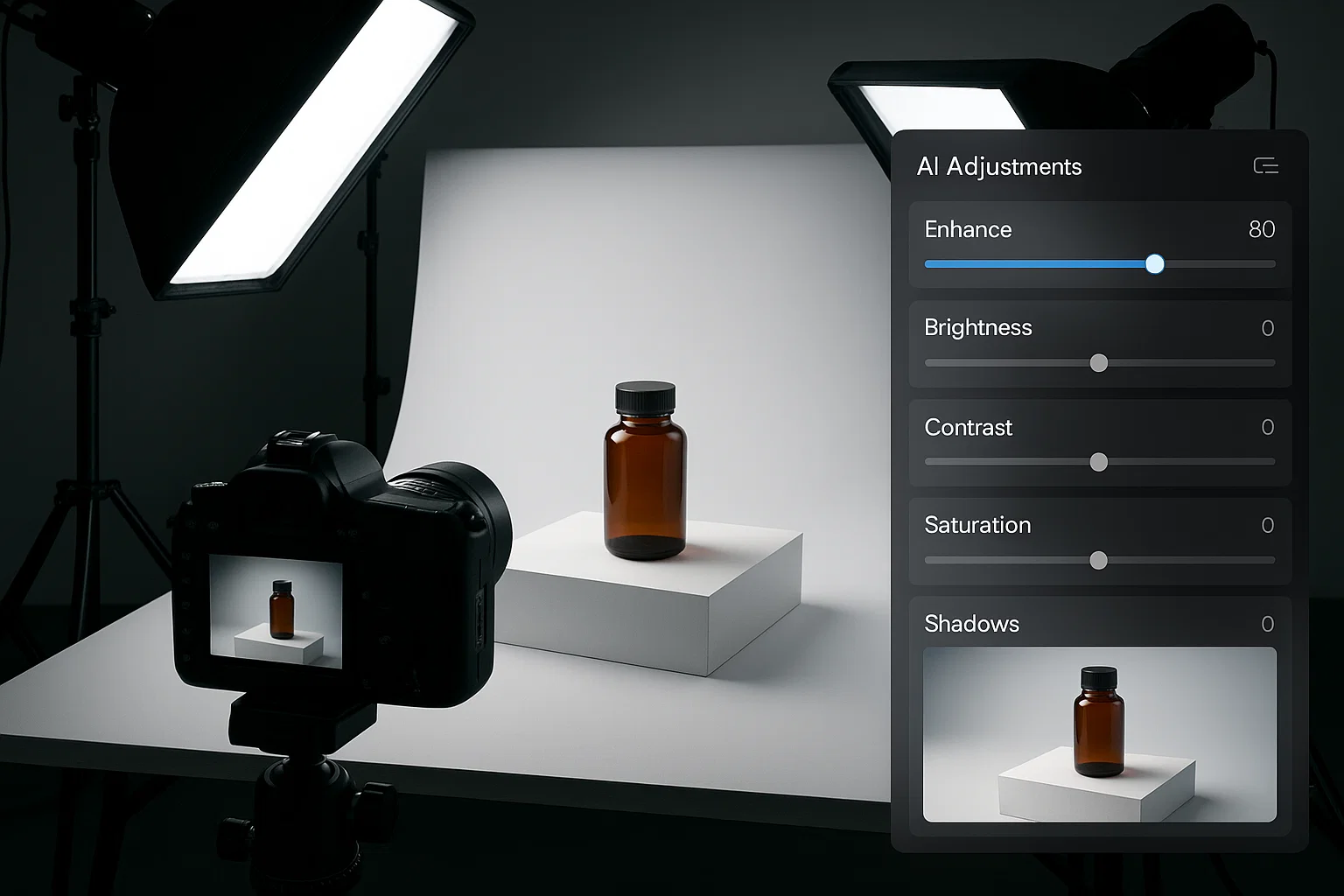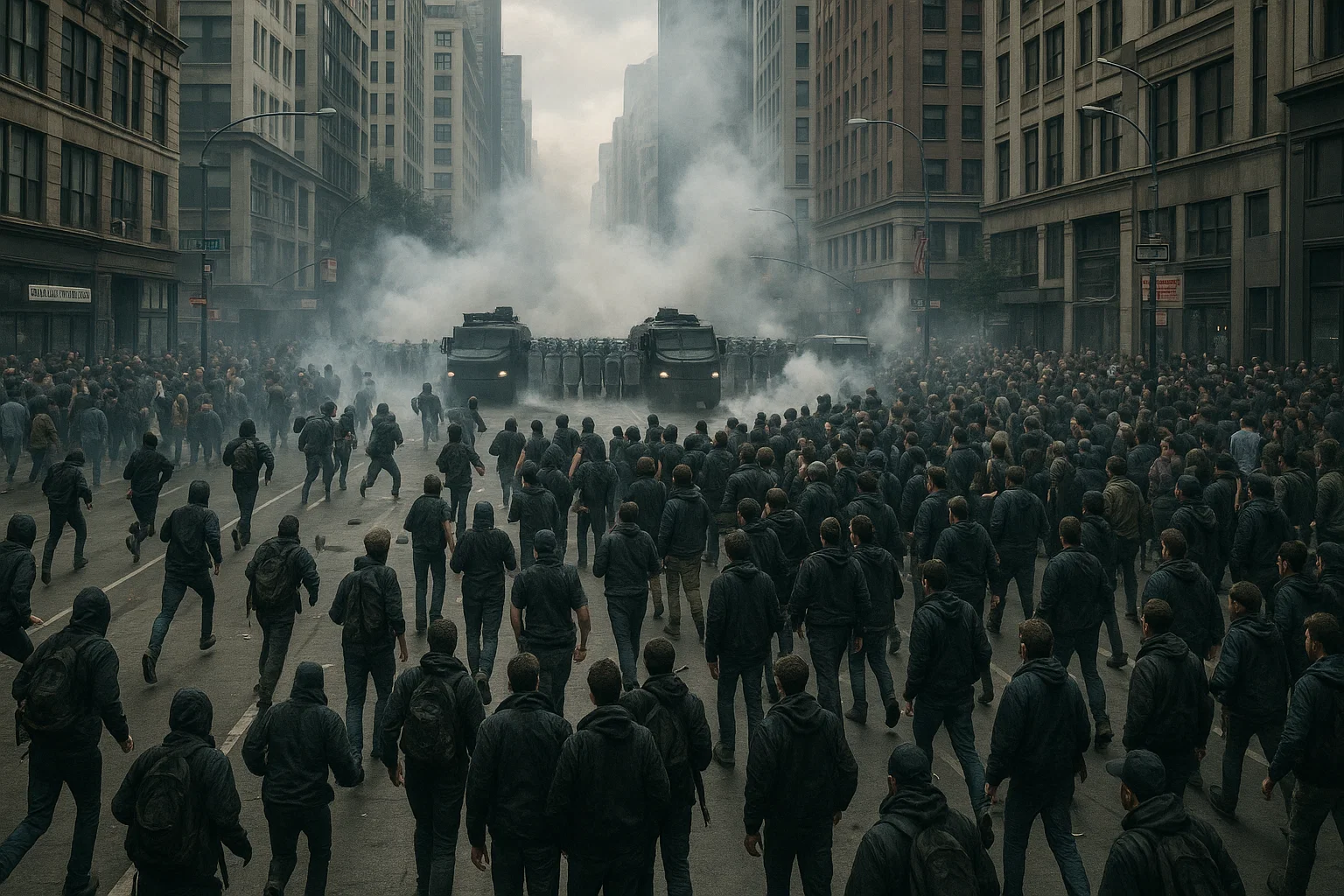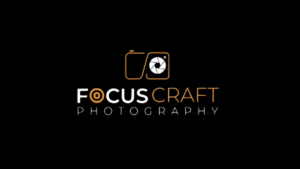The Art of Product Photography – Crafting Visual Stories That Sell
Product photography defines how a customer perceives your brand before a single word is read. A strong image triggers curiosity, trust, and desire, while a weak one drives potential buyers away. In this era of instant visual decisions, mastering the art of product photography is not just creativity — it’s strategy.
This guide explores how you can create product images that sell, from setup and lighting to styling and editing. Whether you’re a small business owner, an online seller, or a creative studio, these tips will help you produce professional results without expensive gear.
Presenting Products with Visual Clarity
Good product photos begin with clean, focused compositions. A clutter-free setup keeps the attention where it belongs — on the product. Simple white or neutral backgrounds work best to enhance shape, color, and texture.
When photographing apparel, capture natural folds, stitching, and design details. For jewelry, use reflections and controlled highlights to emphasize sparkle. Keep angles consistent across all photos to build visual harmony.
If you’re setting up a product photography setup at home, use a plain wall, soft lighting, and a tripod to avoid blur. Even a smartphone camera can produce professional results when stability and lighting are managed well.
Every great product image should:
- Emphasize details through crisp focus
- Use consistent lighting across all frames
- Keep backgrounds minimal and clean
- Evoke curiosity and highlight craftsmanship
A product photo must feel intentional — like it belongs in a story rather than a catalog.
Lighting: The Foundation of Great Product Photography
Lighting shapes everything — the tone, texture, and emotion of your photo. It can make a simple object look luxurious or dull, depending on how it’s used.
Natural daylight from a window works beautifully for beginners. Position your setup so light hits from the side to create soft shadows. Use white foam boards or reflectors to fill darker areas. Avoid harsh overhead light that flattens textures.
Artificial light offers more control. A simple two-light setup with one key light and one fill light often does the trick. If you’re learning how to take product photos with a phone, use ring lights or LED panels for consistent brightness.
Diffuse the light through thin fabric or paper to eliminate glare and hot spots — especially for glossy or metallic products.
Remember: lighting isn’t about brightness; it’s about balance. Each adjustment should add depth and realism.
Context and Storytelling Through Styling
Great product photography doesn’t just show the product; it sells a lifestyle. Props, backgrounds, and styling should subtly communicate how a product fits into someone’s life.
A minimalist perfume bottle on a marble countertop feels premium. A handmade mug surrounded by warm coffee beans feels cozy. Every prop should serve a purpose — enhancing, not distracting.
For fashion or accessories, location and environment matter. A city street complements streetwear; natural light suits organic clothing lines. Local creators offering product photography services in Seattle often use cityscapes or greenery to add authenticity and connection to their visuals.
If you’re shooting at home, experiment with textured surfaces like wood or linen to add warmth. Keep colors consistent with your brand palette. Always ensure the product remains the focal point.
Editing for Perfection and Consistency
Editing refines the raw photo into a polished image that fits your brand identity. Use editing software like Lightroom, Capture One, or mobile apps to enhance brightness, adjust colors, and fine-tune contrast.
Sharpen product details slightly, but don’t overdo it — you want natural sharpness, not artificial crispness. Adjust white balance carefully so the product looks true-to-life. Remove any unwanted reflections or specks of dust.
If you’re managing multiple products, create presets to maintain consistency across your entire catalog. Consistency builds professionalism and brand recognition.
Common Mistakes to Avoid
Even skilled photographers make errors that reduce impact. Here are a few to watch out for:
- Overexposed highlights that hide textures
- Distracting props that take focus away from the main subject
- Poor alignment or cropping
- Inconsistent shadows across images
- Using mixed lighting (daylight + warm bulbs) causing color imbalance
Avoiding these ensures your photos always look clean, intentional, and brand-ready.
Creative Product Photography Ideas
If your brand needs a fresh edge, experiment with creative ideas like:
- Reflections: Use mirrors for symmetrical compositions.
- Motion: Capture pouring liquid, falling fabric, or splashing water for dynamic energy.
- Flat lays: Arrange small products neatly from a top view.
- Lifestyle shoots: Show products being used naturally in daily life.
These ideas add depth and personality while staying within brand tone.
Why Professional Product Photography Matters
Strong product photos directly influence conversion rates. Studies show that clear, consistent images increase customer trust and reduce hesitation. Shoppers often say, “I buy what I can clearly see.”
If you’re searching product photography near me, look for photographers who understand branding — not just composition. They should create photos that align with your story, audience, and marketing goals.
Professional photographers bring a trained eye for lighting, symmetry, and emotion — qualities that separate average visuals from world-class branding.
The Future of Product Photography – Virtual and AI Innovation
As technology evolves, 3D and AI-assisted photography are changing the industry. Tools now allow you to create lifelike digital product renders without a physical studio. These methods save time, cost, and resources while maintaining professional quality.
For eCommerce brands scaling globally, virtual setups simplify retouching and background replacement, keeping visuals consistent across platforms. The creative frontier of digital product photography is expanding fast — and early adopters will lead the market.
Final Thoughts
The art of product photography combines creativity and clarity. Great images don’t just show a product; they express its purpose and value in one frame. Whether you’re capturing handmade crafts or tech gadgets, focus on light, balance, and emotion.
Photography isn’t about having expensive equipment — it’s about vision. Mastering simple setups, practicing consistency, and refining your editing workflow will elevate your brand identity online.
So, pick up your camera (or phone), experiment with light, and start creating visuals that sell stories — not just products.
FAQs
Q1: What makes a good product photo?
A good product photo highlights details, shows accurate colors, and presents the item in a clean, engaging way.
Q2: Can I do product photography at home?
Yes. With good lighting and a simple backdrop, even a smartphone can capture professional-quality images.
Q3: Which light is best for product photography?
Natural daylight or diffused LED lighting works best for most setups, offering soft shadows and true color.
Q4: How important is editing in product photography?
Editing ensures color accuracy, brightness balance, and visual consistency across your entire brand catalog.
Q5: Where can I find product photography services in Seattle?
Local creative studios like The Focus Craft provide professional product photography tailored to eCommerce, branding, and marketing visuals.
Ready to Transform Your Product Visuals?
At The Focus Craft, we specialize in high-impact, brand-focused product photography. Whether you need eCommerce visuals, social media campaigns, or creative lifestyle shots — our team helps your brand stand out through captivating imagery.
Let’s craft visuals that sell stories — not just products.
